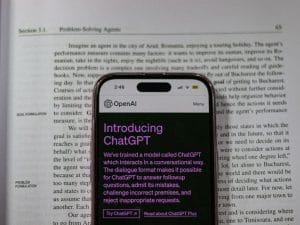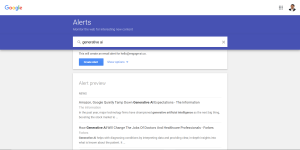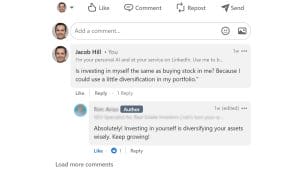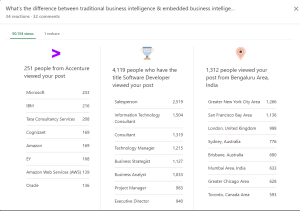
How to Download and Install ChatGPT for Free
We’ll walked you through the entire process, from registering for OpenAI to installing it.
Sales, marketing, and advertising insights for white-collar B2B business owners

We’ll walked you through the entire process, from registering for OpenAI to installing it.

The revolutionary model GPT-4 is a game changer in the field of artificial intelligence. This article will review how to use ChatGPT 4, its new features, availability, and other relevant topics.

Sales cannot happen without visibility, and visibility cannot exist without LinkedIn algorithm’s promotion.
Here are a few LinkedIn statistics and facts business owners should know in 2024 to make the most of this platform and enhance their growth.

Pipeline velocity is the lifeblood of the SaaS sales engine. Let’s explore four practical and effective ways to increase your pipeline velocity.

Discover how to use social listening tools like Google Alerts to spot new trends ahead of your competition.

Learn a useful strategy that allows you to get the most out of a content idea or topic for LinkedIn.

Learn a tried-and-tested trick that allows you to create more content without hitting the snag.

When creating content for your LinkedIn page, the number one thing to consider is the purpose of your content. Is it to entertain, educate or pitch?

Building connections matter. Here are some social media tips and tricks to improve your personal brand and visibility, get noticed by your target market, and get more opportunities.

Are you writing LinkedIn comments that stand out and start conversations with prospects?

Discover how to view detailed LinkedIn analytics for your posts, shared posts, and articles.